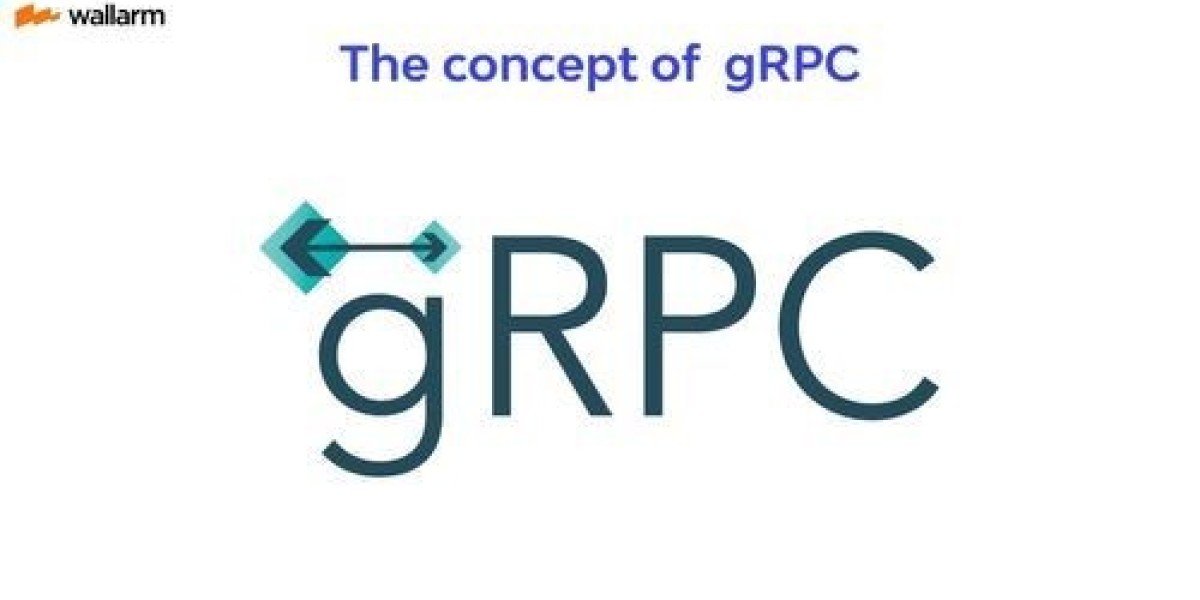In today's interconnected digital landscape, efficient communication between software components is paramount. Enter gRPC https://www.wallarm.com/what/the-concept-of-grpc, a high-performance, open-source RPC (Remote Procedure Call) framework initially developed by Google. At its core, gRPC facilitates seamless communication between distributed systems, enabling efficient data exchange across various programming languages and platforms.
Understanding gRPC Protocol
At the heart of gRPC lies its robust protocol, which is built on HTTP/2, a modern protocol offering numerous advantages over its predecessor, HTTP/1.1. This choice of protocol empowers gRPC with features like multiplexing, header compression, and asynchronous communication, enhancing performance and scalability. Moreover, gRPC supports various authentication mechanisms and pluggable serialization, enabling secure and interoperable communication across diverse environments.

The Power of gRPC in Action
One of the defining features of gRPC is its support for multiple programming languages, including but not limited to, Java, Python, Go, and C++. This versatility allows developers to build polyglot systems effortlessly, leveraging the strengths of each language while maintaining consistency in communication protocols. Additionally, gRPC's support for both unary and streaming RPCs (Remote Procedure Calls) makes it suitable for a wide range of use cases, from simple request-response interactions to real-time data streaming applications.

Key Benefits of gRPC
✅ Efficiency: With its compact binary serialization and multiplexed connections, gRPC minimizes latency and resource usage, making it ideal for high-performance applications.
✅ Interoperability: Thanks to its language-agnostic nature and support for various platforms, gRPC facilitates seamless communication between heterogeneous systems, fostering collaboration and integration.
✅ Scalability: By leveraging HTTP/2's features like server push and stream multiplexing, gRPC scales effortlessly to meet the demands of modern distributed systems, accommodating growing workloads with ease.
In conclusion, gRPC stands as a testament to the power of modern communication protocols in enabling efficient, scalable, and interoperable software systems. With its robust protocol, support for multiple languages, and emphasis on performance, gRPC continues to empower developers to build the next generation of distributed applications with confidence and ease.








